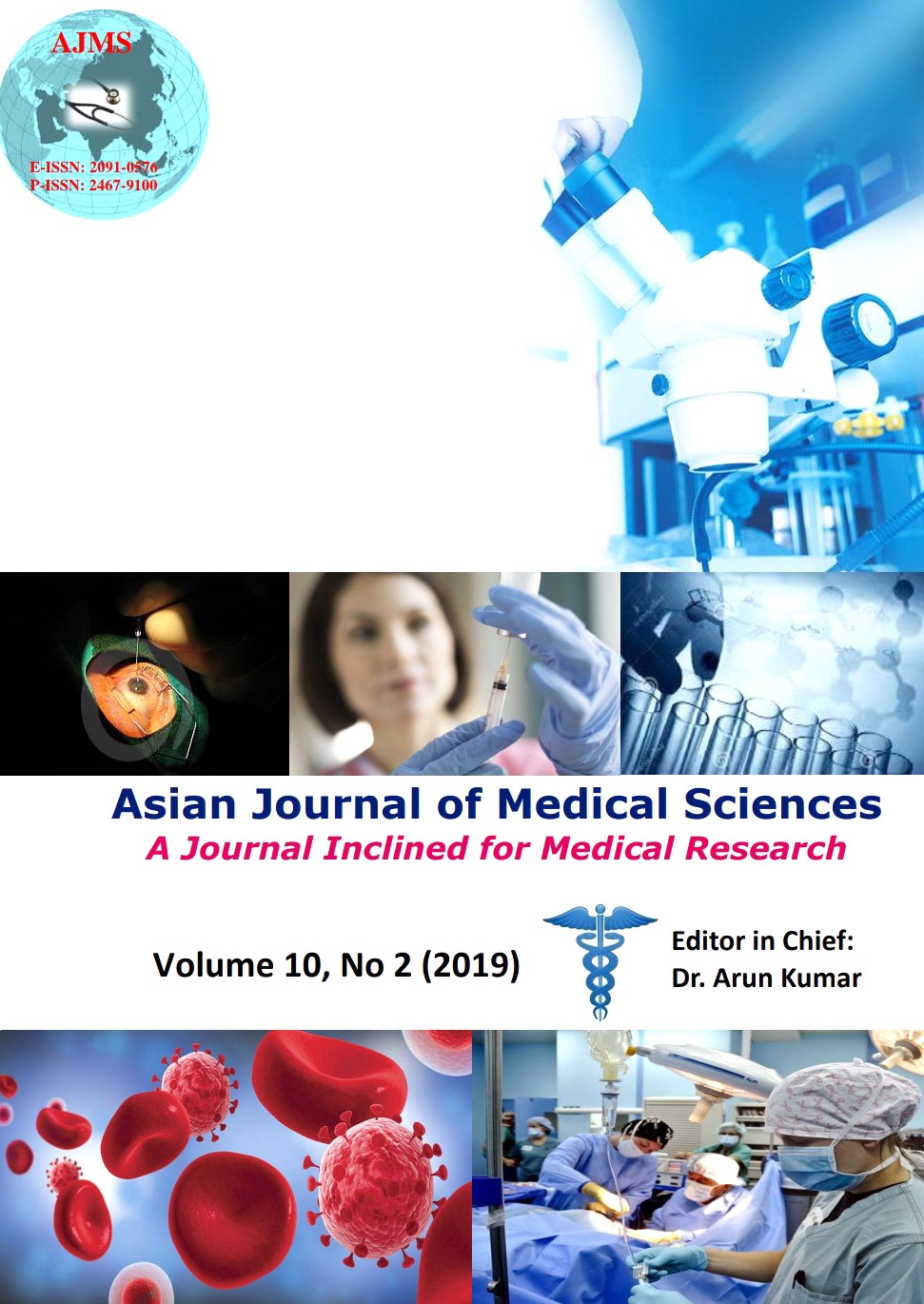Comparative analysis of indices of the metabolic syndrome in patients with and without non-alcoholic fatty liver disease at a teaching hospital in Nnewi, South-East, Nigeria
Keywords:
Metabolic syndrome, Non-alcoholic fatty liver disease, NigeriaAbstract
Background: Non-Alcoholic fatty liver disease (NAFLD) has become a worldwide health concern with increase in the global incidence of obesity and it is now considered the hepatic component of the metabolic syndrome.
Aims and Objective: The study’s aim was to compare the indices of the metabolic syndrome in compensated chronic liver disease patients with and without NAFLD at NAUTH, Nnewi.
Materials and Methods: A total of 136 consecutive patients with compensated chronic liver disease were recruited into the study. A structured questionnaire was administered to obtain relevant socio-demographic data. NAFLD was diagnosed based on clinical, biochemical, ultrasonographic and in a few histological features. The Adult Treatment Panel III criteria were used to identify patients with the metabolic syndrome.
Results: Of the 136 participants recruited into the study, 52 (38.2%) fulfilled 2 or more diagnostic criteria for NAFLD with a male: female ratio of 1:1.36. The mean (SD) age of persons with NAFLD was 45.12 (±8.07) years compared to 47.49(±11.79) years for persons without NAFLD. The difference was not statistically significant (p=0.2). Body mass index (BMI), central obesity (waist circumference), fasting blood sugar, blood pressure, total cholesterol and triglycerides were significantly higher in the NAFLD group (p= <0.05) respectively.
Conclusion: Indices of the metabolic syndrome were more prevalent in persons with NAFLD. It is recommended that patients with NAFLD be screened for metabolic syndrome and appropriate therapy instituted to decrease the risk of both hepatic and cardiovascular complications.
Downloads
Downloads
Published
How to Cite
Issue
Section
License
Authors who publish with this journal agree to the following terms:
- The journal holds copyright and publishes the work under a Creative Commons CC-BY-NC license that permits use, distribution and reprduction in any medium, provided the original work is properly cited and is not used for commercial purposes. The journal should be recognised as the original publisher of this work.
- Authors are able to enter into separate, additional contractual arrangements for the non-exclusive distribution of the journal's published version of the work (e.g., post it to an institutional repository or publish it in a book), with an acknowledgement of its initial publication in this journal.
- Authors are permitted and encouraged to post their work online (e.g., in institutional repositories or on their website) prior to and during the submission process, as it can lead to productive exchanges, as well as earlier and greater citation of published work (See The Effect of Open Access).




